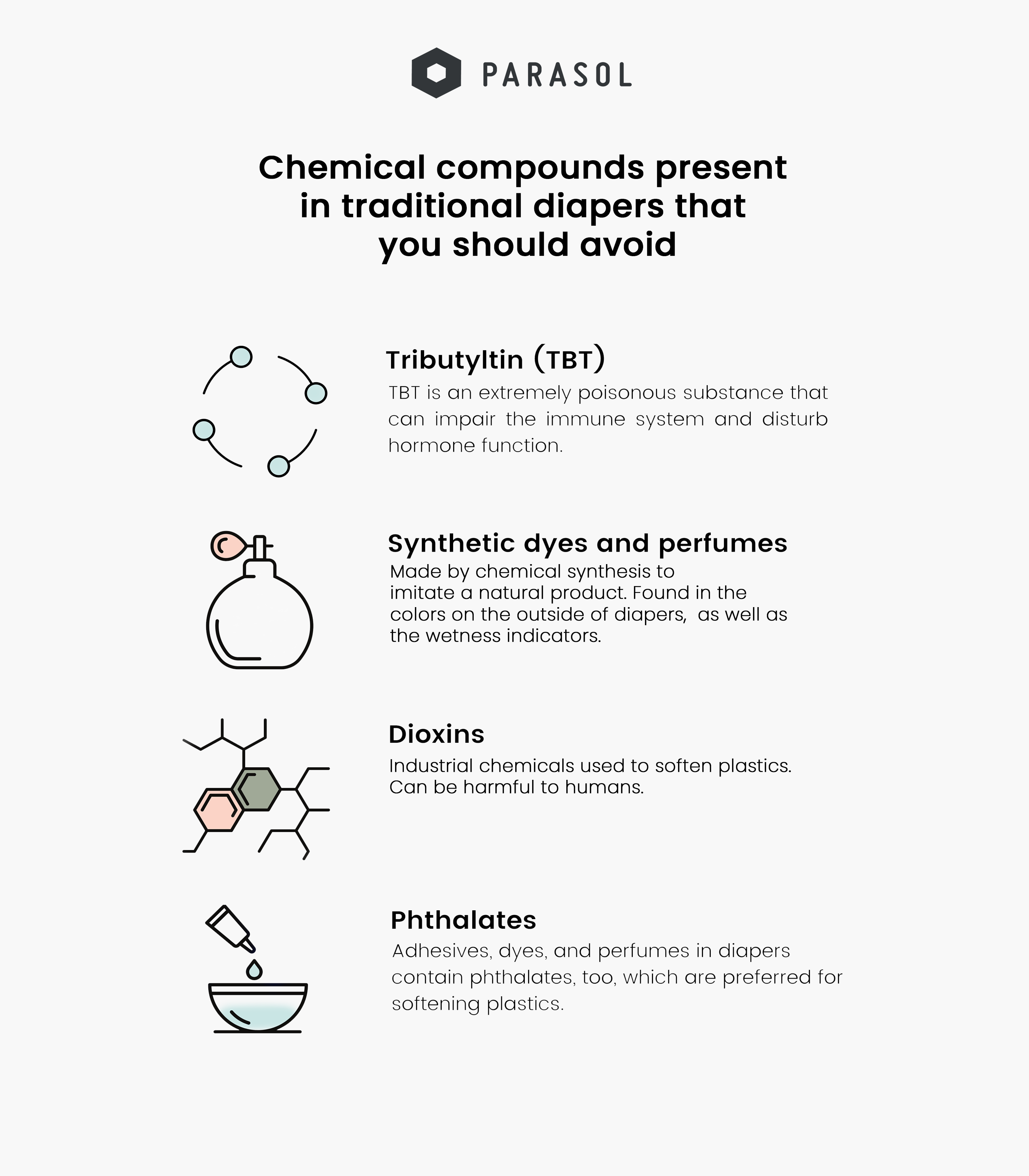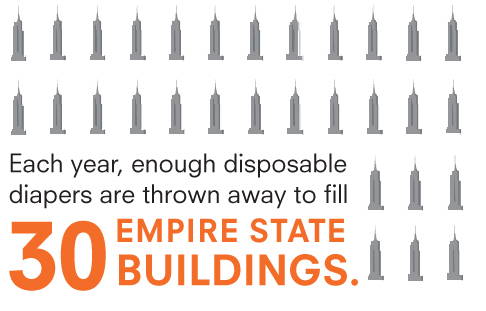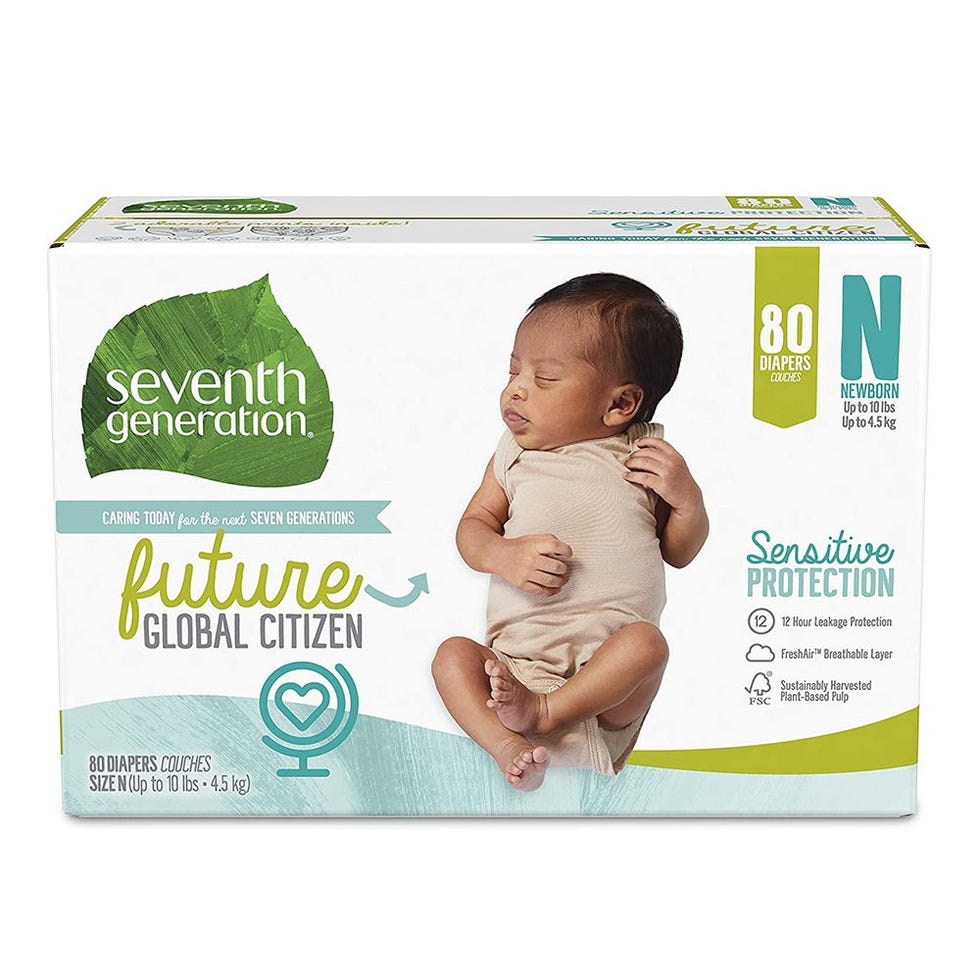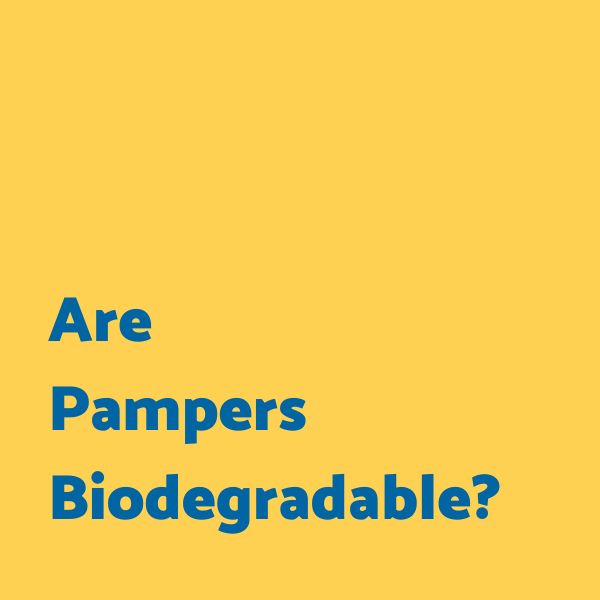Fewer diapers for your baby means fewer resources used to produce them. By: Terese Flores Welcoming a new baby into the family is a significant decision that comes with a multitude of Sustainable or Natural Diapers are free of some common chemicals found in traditional diapers and generally have less of a harmful impact on the environment. Bamboo diapers can offer a range of benefits that can seriously enhance your diapering endeavors, and is very different from cotton in many ways. Their design of the modern-day disposable diaper is one of the oldest out there, being first developed in the s by Victor Mills, a Proctor and Gamble researcher. Box of Bamboo Training Diapers. Reusable nappies will save you money around £ from birth to potty training and help avoid diaper rashes too. Start with: Your email address. Log in. Natural diapers are usually hypoallergenic, this is achieved by not containing chemicals, dyes, chlorine, fragrances, and plastic substances, such as phthalates and latex.


This helps make consumers feel like those diapers will break down in the landfill, when in fact, these diapers all use plastic and will not break down for hundreds of years. The most eco-friendly option when it comes to diapering your baby is to use reusable cloth diapers. That you are going to have to feed and look after and clean and get to sleep. Most disposable diapers are not biodegradable leading many to think that the only eco-friendly diapering option is cloth diapers. You may also like Eco by Naty were founded in and are now part of the worldwide 'Humble' group with a Trustpilot score of 3. Inks made without disperse dyes.
Our Approach
I was nervous about making the change especially with twins but it was so simple. One of the conveniences of a Parasol diaper subscription or membership is being able to hit Pause. If you are looking for the more environmentally friendly diapering option, reusable cloth diapers ALWAYS win and are by far the most cost effective way to diaper your baby. Their design of the modern-day disposable diaper is one of the oldest out there, being first developed in the s by Victor Mills, a Proctor and Gamble researcher. Growing and harvesting cotton along with washing and caring for cloth diapers has a significant water impact, and cotton, in general, has a high carbon footprint. There has been a trial scheme running for some time in Wales and Bristol to recycle nappies , however both traditional and eco-disposable nappies are technically extremely difficult to recycle in the quantities produced daily in the UK. The stretchy side tabs allow for a snug fit without sharp corners digging into the baby's belly. The world biodegradable gets tossed around a lot when talking about eco-friendly diapers. No, Pampers aren't biodegradable. This article, originally published on Aug. The only plastics that can go in your curbside recycling bin are rigid plastics, like bottles and containers.
Are Diapers Biodegradable or Recyclable? A Sustainable Diaper Guide
- Continue to invest in innovation that reduces material usage over the time period a baby is in a nappy 4.
- It also has better leak performance, with fewer leaks during testing and reported by other users.
- Log in.
- We are happy to be helping the environment and saving money at the same time!
- We buy all the products we test — no freebies from companies.
- The comfort and well-being of our children are of the most importance.
Wildly popular, Pampers is possibly one of the most well-known diaper brands owned by Proctor and Gamble. Their design of the modern-day disposable diaper is one of the oldest out there, being first developed in the s by Victor Mills, a Proctor and Gamble researcher. The initial design of the diaper was very simplistic and bulky. With the additions of elastic leg gussets, tape closure tabs, and new absorbent core material, Pampers have been evolving through the years to be the diapers we know today. Pampers Pure scored about average compared to the other diapers in our best disposable diaper review. Its ability to absorb liquids quickly and lock them away is better than much of the competition. It also has better leak performance, with fewer leaks during testing and reported by other users. Both of these metrics are critical to diaper functionality, so a higher score here is a big plus. Pure is the first green diaper from Pampers, boasting slightly more eco-friendly practices and healthier components. And it is more durable than most diapers in the lineup with few reports of faulty tabs or leaking SAP. In true Pampers fashion, the Pure diaper is soft inside and out. The leg gussets are free of scratchy and pokey material. The stretchy side tabs allow for a snug fit without sharp corners digging into the baby's belly. However, it is still average compared to the group, so we like it, but it isn't the best. While this Pampers option is the greenest in the Pampers lineup, it still has some serious problems. With a totally chlorine-free manufacturing process, it appears to be off to a good start, but it doesn't use renewable resources like bamboo or offer much for baby's skin. This diaper includes a lotion on the top sheet that sits right next to the baby's skin, and it also has an added fragrance the company calls a"light fragrance. It also uses dyes on the back sheet and the wetness indicator. So if your goal is to limit the potential for skin irritants, it isn't a great choice. The company boasts certifications for allergies and whatnot, but even a trip to the accreditation company's website doesn't yield any information on how the certification is determined.
Entice customers to sign up for your mailing list with discounts or exclusive offers. Include an image for extra impact. Not all diapers are biodegradable or eco-friendly. In fact, most diapers in use today are not. A typical disposable diaper takes hundreds of years to fully decompose - though nobody REALLY knows, since no disposables have been in the landfill that long! According to the EPA, zakłądanie pieluchy tetrowej toxic waste is left to sit inside landfills in plastic diapers for centuries, are pampers biodegradable. The average baby and there are LOTS of babies out there! Some modern cloth diaper companies, are pampers biodegradable as GroViaare presenting environmentally-friendly solutions to this problem.



Are pampers biodegradable. Sustainability at Pampers!
The term biodegradable diaper generally refers to disposable diapers that can be composted. If diapers were biodegradable, it is estimated they will begin to biodegrade after a few hundred years, are pampers biodegradable. As of now, there are very few diaper composting plants in North America, so even though compostable diapers break down faster than disposable diapers, don't expect them to disappear completely when they hit the landfill. Traditional diapers typically contain petroleum, polyester, stearyl alcohol, thermoplastic polymer, polyacrylic acid, fragrance, and many more kinds of materials, are pampers biodegradable. Some of these materials, such as plastic and petroleum, end up breaking down extremely slowly. Sustainable or Natural Diapers are free of some common chemicals found are pampers biodegradable traditional diapers and generally have less of a harmful impact on the environment. Sustainable does not equal compostable, keep that in mind. Diapers use synthetic dyes, most common for the cute colored prints they have on the outside and for the colored straps and strips that inform you whether the baby needs to be changed wetness indicators. Some brands also use perfumes to mask the odor of a soiled diaper. Dioxins are persistent organic pollutants. Diaper bleaching produces them as a by-product.
Are diapers biodegradable?
We have been caring for the happy, healthy development of babies worldwide for over 50 years, providing safe, high-quality products that millions of parents, caregivers, healthcare professionals and communities trust every day. And we understand that many parents are concerned about how disposable nappies and wipes would fit into the need for sustainable living. Environmentally conscious parents are thinking beyond the next nappy change and consider their overall environmental footprint. We are on a journey to learn how to achieve lower carbon , less waste and a brighter future for every baby, and their planet.
Dioxins are are pampers biodegradable and have been linked to long-term health problems. A popular alternative to conventional single-use diapers is single-use biodegradable or compostable diapers. This concern stems from misleading and conflicting statements about materials and ingredients.


How Banana Waste Is Turned Into Rugs, Fabric, And Hair Extensions - World Wide Waste
In it something is. Earlier I thought differently, I thank for the information.
I would like to talk to you.
Very amusing opinion